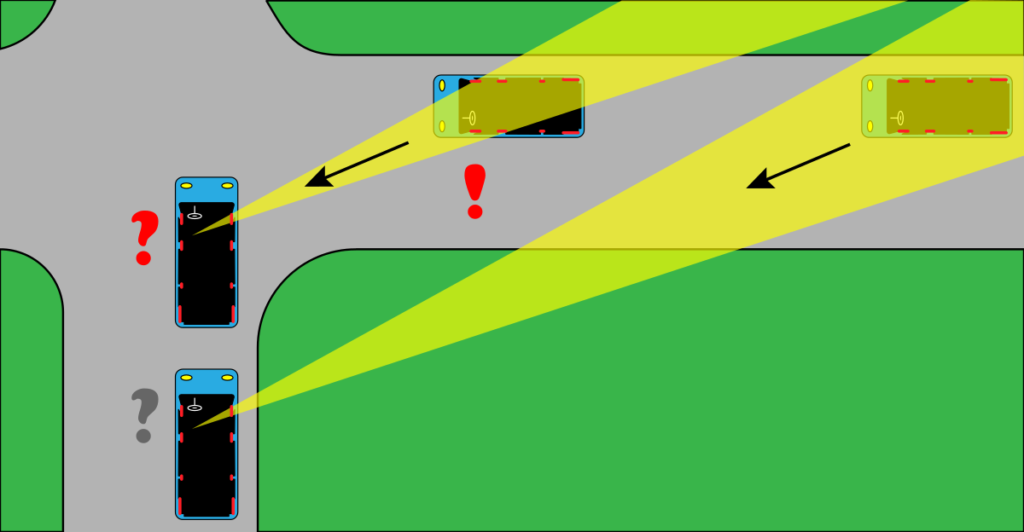A vehicle’s blind spots are areas that obstruct a driver’s view of the road while seated. Typically, the degree of such visual impediments is determined by the size of the vehicle in question.
All cars have blind spots. However, over the years, car manufacturers have come a long way in downscaling these weak points, with the exception of older car models, which still pose a certain level of danger to passengers and other road users. Where are your blind four spots? That depends on the vehicle.
Larger vehicles have increased blind spots. SUVs, Jeeps and trucks will have more prominent blind spots due to their size compared to regular cars. While it’s essential to be cautious about blind spots when driving a car, twice as much caution is of the essence when operating even larger vehicles.
- Side Mirror Blind spot
Side mirrors are designed to downplay the effects of blind spots by helping drivers see other vehicles and pedestrians around them, thereby avoiding blind spot accidents. Be it as it may, these essential car components are somewhat of an obstruction, making them the most significant blind spot of all.
- Rear Blind spot
The area at the back of a vehicle is considered a significant blind spot and often leads to rear-end collisions. Although by using rear mirrors, a small percentage of what lies behind can be seen by drivers, the other areas at a vehicle’s rear will remain a mystery while driving, which is one of the major causes of truck accidents. To counter this blind spot, recent car models are fitted with rearview mirrors.
A rearview mirror will allow drivers to see vehicles and objects behind them and in adjacent lanes.
- A-Pillar Blind spot
While the A-pillars help demarcate between the front windshields, that is, the driver’s and passenger’s sides. They can, however, obstruct the driver in some situations. Although the A-Pillars are less likely to cause a blind spot accident like other blind spots in motor vehicles, they can however be a danger to drivers in the least likely scenarios.
Luckily, this is one blind spot that can easily be avoided with a slight head swing and with proper seating manners.
- Front Blind Spot
Front blind spots are more common in large passenger cars, large trucks, and vehicles that are above average in size. The high ground clearance caused by the size of such vehicles can be a disadvantage as it can prevent drivers from being able to see objects directly in front or not too far off from them.
Finally, remember that even parked vehicles have blind areas. Kids often play around cars. Before you start up and back out of your driveway, take a quick turn around the vehicle to make sure nothing, living or inanimate, is under or behind your wheels.

